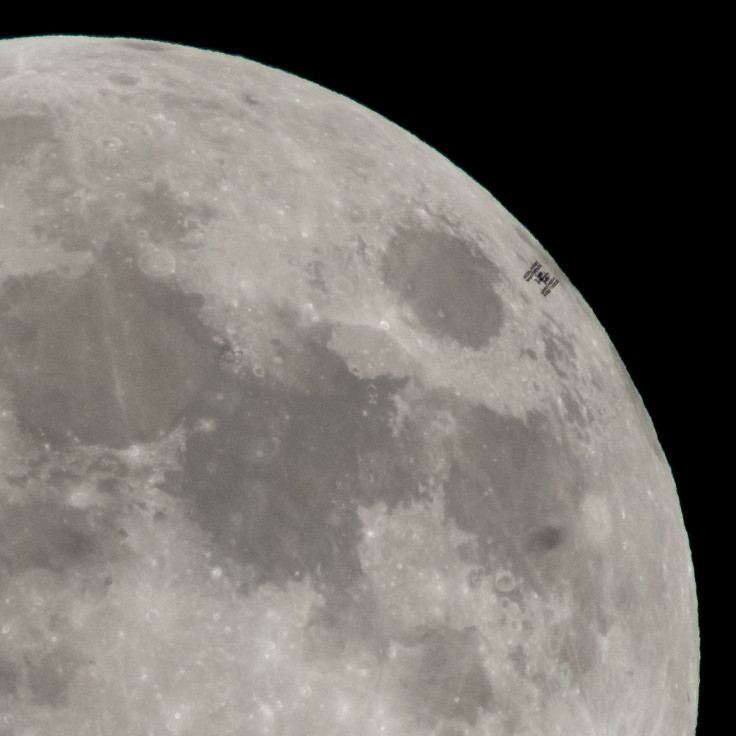Lunar Occultation: Video Shows Stunning 'Mars Eclipse'
KEY POINTS
- The lunar occultation of Mars happened Wednesday
- A video from the Griffith Observatory shows the rare event
- Many sky watchers also captured photos of Moon and Mars
Skygazers in North America witnessed a rare astronomical event, known as a lunar occultation, Wednesday night. A video that surfaced online shows the incredible moments of the Mars "eclipse."
During the lunar occultation of Mars, the Moon essentially covered up the Red Planet. To put it another way, the Moon "eclipsed" or even "photobombed" the planet.
Of course, not everyone got a chance to view the event live as such lunar occultations are usually visible in just a few parts of the planet, according to In-The-Sky. In the case of this week's event, it was only visible in parts of Europe, Northern Africa and the Americas.
Those who missed it, however, need not fret. They can watch the incredible footage of the rare event online. Griffith Observatory in Los Angeles shared a live broadcast of the event Wednesday night.
In the video, which lasts for nearly two hours, one can see the entire event, starting with Mars inching closer and closer to the Moon. It even zooms in for a close-up shot of the two celestial bodies appearing so close that they seem almost touching.
The planet continued to make its way behind the Moon and finally disappeared about halfway past the 30-minute mark. It reappeared much later.
Join us right now for the Observatory's live broadcast of the Mars occultation of the Moon! https://t.co/tM94H8j9HP
— Griffith Observatory (@GriffithObserv) December 8, 2022
The footage also featured incredible views of the Moon.
Many people who witnessed the event also shared photos of it on social media. Astrophotographer Andrew McCarthy caught a rather "surreal" close-up of the moment Mars peeked out from behind the Moon.
This is the moment Mars peeked out from behind our moon after being hidden for an hour. This shot was captured using my largest telescope and a special high-speed camera. Seeing another planet rising on the horizon of our moon was such a surreal experience. pic.twitter.com/8IctbVXuUM
— Andrew McCarthy (@AJamesMcCarthy) December 8, 2022
Another one shows a much closer photo of the seemingly tiny Mars peeking out from behind the Moon, when in reality it is actually the bigger of the two objects.
#Mars rising above the lunar limb. This is a stack of 15 frames captured within a 2s interval during the end of the occultation by the #Moon. Captured with a C9.25 Edge HD and ASI678mc. pic.twitter.com/xrDiI3d7ke
— Tom Glenn (@thomasdglenn) December 8, 2022
While it's quite typical for the Moon to occult other stars from view, such occultations of planets are rarer events.
This week's "eclipse" was made even more special by the fact that Mars was also in opposition – the Red Planet and the Sun on opposite sides of the Earth, making it much brighter than usual.
The next opposition of Mars will happen on Jan. 16, 2025.

© Copyright IBTimes 2024. All rights reserved.






















